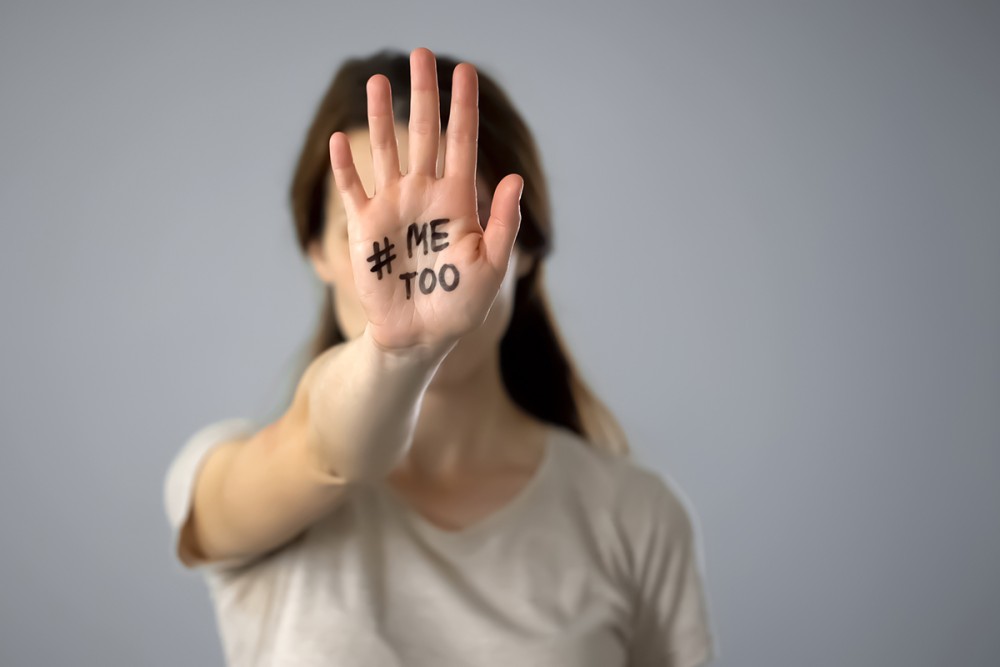What MeToo hasn’t yet accomplished
Social media movements fade. Survivors of sexual assault and harassment need living communities.

Five years ago this month, Time magazine named “the silence breakers” as its Person of the Year, honoring “the voices that launched a movement.” That movement was MeToo, begun in 2006 by activist Tarana Burke to encourage survivors of sexual violence to tell their stories. MeToo was popularized through social media in 2017, and scores of survivors found a sense of empowerment and solidarity in telling their own stories of assault and harassment.
But data indicates that things haven’t improved much since #MeToo went viral. While some perpetrators have been shamed, fired, or prosecuted, many have not been held accountable. In 2018, Brett Kavanaugh joined the Supreme Court despite credible sexual assault allegations. The number of proposed state laws combating workplace sexual harassment and gender inequity rose until 2019 but then plummeted. And a 2019 study reveals that MeToo has unintentionally contributed to another problem: 21 percent of American men are now less willing to hire women for jobs involving personal interaction, and 27 percent of men avoid one-on-one contact with female colleagues.
What about the survivors who told their stories? After enduring the trauma of assault and the secondary trauma of talking about it, some are now experiencing the tertiary trauma of realizing that their disclosure hasn’t made the difference they’d hoped. Others have paid a steep personal cost simply for speaking out. According to law professor Anita Hill, herself a survivor of very public trauma around sexual harassment, about 60 percent of women who report sexual harassment or assault experience retaliation. Some lose their jobs, some are labeled as “difficult,” and many feel exiled from their professional and social circles.




